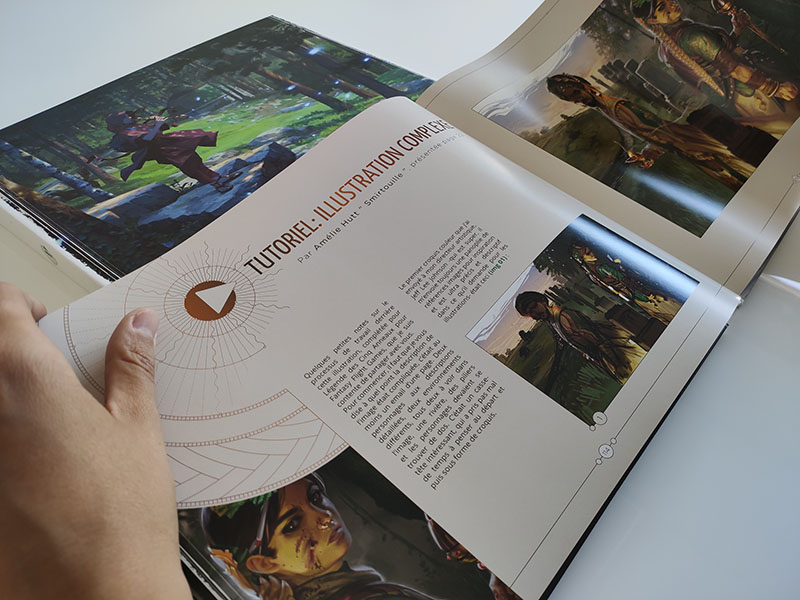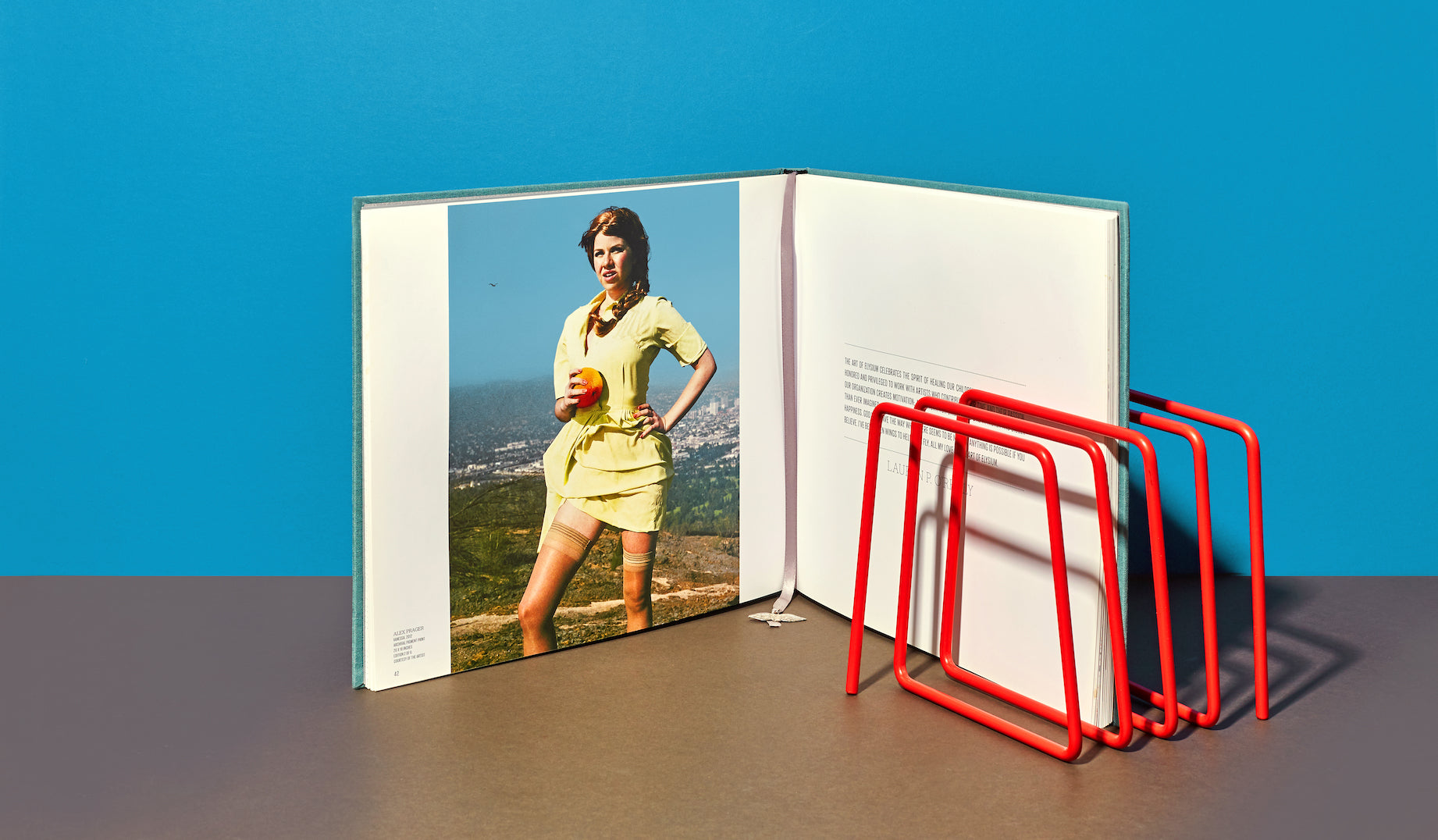The Key Details Behind Successful art book Projects
Recognizing the Refine Behind Premium Art Book Printing for Art Enthusiasts
When it comes to top notch art book printing, understanding the ins and outs of the procedure can elevate your recognition for the final product. As you explore the different components of art book printing, you'll reveal understandings that can transform your point of view on art conservation and presentation.
The Value of Paper Option in Art Book Printing
When it comes to art book printing, the option of paper can make or damage the end product. You desire your artwork to radiate, and the ideal paper boosts color vibrancy and detail. Think about variables like weight, texture, and surface; these components substantially impact how visitors view your job.
As an example, a larger stock conveys high quality and toughness, while a distinctive coating can include deepness to photos. Smooth paper is excellent for comprehensive reproductions, permitting great lines and refined tones to show up crisp.
Do not forget the paper's illumination; a brighter sheet can aid shades pop, making your art more captivating. You'll additionally desire to think of exactly how the paper engages with inks and whether it can manage the printing procedure without contorting or bleed-through. Eventually, choosing the ideal paper sets the stage for your art, ensuring it records the target market's interest just as you visualized.
Choosing the Right Inks for Lively Recreations
Selecting the best inks is just as important as picking top quality paper to accomplish dynamic reproductions in your art book. When you're publishing artwork, you desire shades that pop and accurately stand for the original piece. Choose inks with a high pigment focus; these have a tendency to create richer and much more saturated colors.
You could think about making use of archival inks, which resist fading gradually, ensuring your art book stays as striking as the day it was published. If you're dealing with photographs or electronically created art, pigment-based inks can supply a larger shade gamut, improving information and deepness.
Don't forget the finish! Matte and glossy inks can drastically modify the appearance of your art work, so think of the look you're aiming to attain - art book. Ultimately, the ideal ink choice matches your paper option, creating a sensational aesthetic experience for your readers
The Duty of Color Administration in Publish Quality
Shade management plays a necessary role in achieving high print high quality for your art book. It assures that the shades you see on your screen translate properly to the printed web page. Without reliable color administration, your vivid artworks may appear dull or altered, threatening your creative vision.
To start, calibrate your screen regularly. This step assists preserve regular color representation. Next, utilize shade accounts customized for your printer and paper kind. These accounts lead the printer in recreating shades properly, lowering discrepancies between electronic and published variations.
When you prepare your data, take into consideration making use of a color area like Adobe RGB or CMYK, depending on your printer's specifications. Constantly evidence your job, too; an examination print can reveal any prospective color issues before the last run. By focusing on color monitoring, you guard the honesty of your art, assuring your audience experiences it as you intended.

Comprehending Different Binding Strategies
Attaining the excellent try to find your art book exceeds shade management; binding strategies likewise play a considerable role in its total discussion and durability. You have a number of options to review, each with its own one-of-a-kind attributes.
If you're going for an expert feeling, situation binding supplies a strong option with a tough cover, perfect for showcasing your art work. On the various other hand, ideal binding gives a flexible spinal column while maintaining costs down, making it a preferred choice for softcover publications.
Spiral binding allows your art book to lay flat, which is wonderful for displaying pictures without blockage. On the other hand, saddle sewing is ideal for smaller brochures, giving a tidy surface without the mass.
Inevitably, the binding strategy you choose ought to mirror your imaginative vision and how you want visitors to involve with your job. Make certain to weigh these choices carefully to achieve the most effective result for your task.
The Influence of Publish Dimension and Layout on Presentation
While the choice of print size and design might appear additional to web content, they substantially affect just how your art work is regarded. The measurements of your prints can either enhance or decrease the influence of your items. Larger prints can attract viewers in, allowing them to appreciate elaborate details, while smaller formats might require even more intimate involvement.

Conservation Techniques for Lasting Art Books
To guarantee your art publications stand the examination of time, it's necessary to execute effective conservation techniques. Beginning by keeping them in an awesome, completely dry setting, away from straight sunlight and moisture. This stops fading and bending, keeping your web pages intact. Usage acid-free storage boxes or safety sleeves to shield them from dirt and physical damage.
When handling your publications, constantly wash your hands or use cotton handwear covers to prevent oils and dust transferring onto the pages. Stay clear click here to read of bending or creasing the backs; instead, utilize book sustains when displaying them.
For added defense, consider purchasing archival-quality products for any kind of repair work or improvements. Frequently examine your collection for signs of wear or damage, resolving issues quickly. By adhering to these straightforward techniques, you can ensure your art publications continue to be dynamic and obtainable for years to come, protecting their appeal and worth for future generations.
Collaborating With Printers for Optimal Results
When you prepare to print your art book, selecting the ideal printer is vital to accomplishing your vision. Clear communication regarding your expectations and requirements will certainly assist ensure that both you and the printer get on the exact same page. Let's check out exactly how to make this cooperation as smooth and reliable as feasible.
Picking the Right Printer

Reliable Communication Methods
Reliable communication is necessary for transforming your art book vision into truth, specifically when collaborating with printers. art book. Begin by plainly outlining your project's goals, consisting of layout elements, preferred materials, and any type of specific printing methods. Do not wait to share your inspirations and references; this assists the printer comprehend your visual
Establish up regular check-ins to talk about development and attend to any kind of inquiries. Usage visuals, like mock-ups or examples, to share your concepts more efficiently. Be open to comments, as printers commonly have beneficial understandings that can boost your task. Keep a favorable partnership by being considerate and pleased of their know-how. This cooperation will certainly ensure that your art book satisfies your expectations and shines in its final form.
Frequently Asked Inquiries
What Prevail Errors to Prevent in Art Book Printing?
When printing your art book, stay clear of typical errors like poor resolution photos, inaccurate color accounts, and neglecting web page format. go to my blog Don't forget to check and verify details to validate your end product fulfills your expectations.
How Does Digital Printing Differ From Typical Printing Techniques?
Digital printing uses electronic data to create prints straight, enabling for quicker turnaround and modification. In contrast, typical techniques involve physical plates, which can be lengthy and less versatile for small runs or unique designs.
What Is the Normal Turnaround Time for Art Book Printing?
The regular turnaround time for art book printing differs, but you can anticipate it to take anywhere from a few weeks to a number of months. Factors like complexity, amount, and printing technique all affect this timeline.
Can I Publish a Limited Edition Art Book Financially?
You can print a limited version art book economically by selecting cost-effective materials, maximizing print runs, and utilizing electronic printing alternatives. Cautious preparation and budgeting will assist you accomplish quality without spending too much.
What Are the Environmental Factors To Consider in Art Book Printing?
When taking into consideration art book printing, you must think about environmentally friendly products, lasting inks, and energy-efficient processes (art book). Choosing local printers can also reduce your carbon impact, making your job both lovely and eco responsible